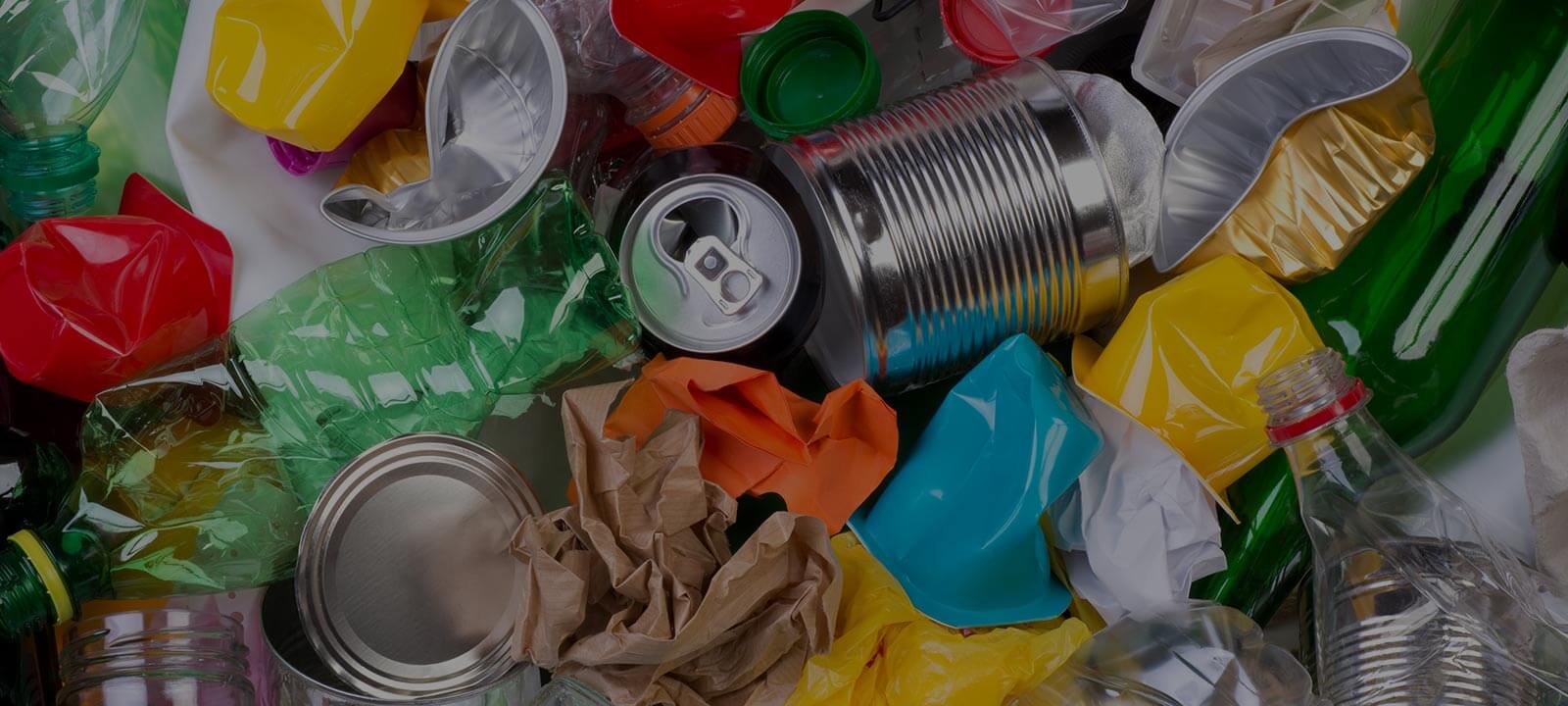Minimize E-Waste with These Simple Tips
Posted on 28/06/2025
Minimize E-Waste with These Simple Tips
In the rapidly evolving digital age, electronic devices have become integral to our daily lives. From smartphones and laptops to smart home gadgets, the dependency on technology is undeniable. However, this dependency comes with a downside: e-waste. Electronic waste, or e-waste, refers to discarded electronic appliances and devices. According to the Global E-Waste Monitor, a staggering 53.6 million metric tonnes (Mt) of e-waste was generated globally in 2019, and this number is expected to rise. Minimizing e-waste is not only an environmental imperative but also a responsibility we all share. Here are some simple tips to help reduce your e-waste footprint.
1. Extend the Life of Your Devices
The most effective way to minimize e-waste is to extend the lifespan of your electronic devices. Here are several strategies you can use:
- Regular Maintenance: Clean your devices regularly, update software to the latest versions, and replace batteries when needed. This helps in ensuring smooth operation and longevity.
- Repairs Over Replacement: Opt for repairs instead of replacements. Often, minor issues can be fixed without needing to dispose of the entire device.
- Usage of Protective Gear: Use cases, screen protectors, and dust covers to prevent physical damage to your devices, enhancing their durability.

2. Practice Responsible Recycling
When a device reaches the end of its life, it is essential to dispose of it responsibly. Here's how you can practice responsible recycling:
- E-Waste Collection Points: Look for certified e-waste collection points in your community. Many electronics retailers and municipalities have programs to collect and safely recycle e-waste.
- Manufacturer Take-Back Programs: Many electronic manufacturers offer take-back or recycling programs. Before purchasing a new device, check if the manufacturer accepts old devices for recycling.
- Proper Disposal of Batteries: Batteries contain harmful chemicals and should not be disposed of with regular trash. Recycle them at designated collection points.
3. Donate or Sell Functional Devices
If you have devices that are still functional but no longer needed, consider donating or selling them:
- Charities and Non-Profits: Many organizations accept donations of working electronics to support underprivileged communities.
- Resale Websites: Utilize platforms like eBay, Craigslist, or Facebook Marketplace to sell your functional devices. This ensures they are reused rather than ending up in landfills.
- Trade-In Programs: Some retailers offer trade-in programs where you can exchange old devices for store credit or discounts on new purchases.
4. Opt for Sustainable and Durable Products
When purchasing new devices, make environmentally conscious choices:
- Research Brands: Choose brands that prioritize sustainability, offering eco-friendly products and transparent recycling programs.
- Durability Over Price: While a cheaper option may seem financially appealing, investing in durable, high-quality products can result in fewer replacements over time, ultimately reducing e-waste.
- Energy Efficiency: Look for devices with energy efficiency certifications. These not only reduce your electricity consumption but also tend to have longer lifespans.
5. Embrace Digital Solutions
In an increasingly digital world, minimizing physical electronic devices can be beneficial:
- Cloud Storage: Use cloud storage solutions to store and access your data, reducing the need for multiple physical storage devices.
- Digital Applications: Opt for digital versions of books, documents, and entertainment, cutting down on the need for physical media players and storage.
- Virtual Meetings: Use virtual meeting platforms to reduce the necessity for business travel and associated electronic equipment usage.

6. Educate and Advocate
Raising awareness and promoting responsible e-waste management practices can magnify impact:
- Community Education: Organize or participate in community education programs to spread awareness about the importance of minimizing e-waste.
- Advocate for Policy Changes: Support policies and regulations that promote responsible e-waste management and hold manufacturers accountable for waste.
- Share Knowledge: Encourage your friends, family, and colleagues to adopt sustainable practices in handling electronic devices.
Conclusion
Minimizing e-waste is not solely the responsibility of governments and large corporations; individual actions play a substantial role. By extending the life of our electronic devices, recycling responsibly, donating or selling functional devices, selecting sustainable products, embracing digital solutions, and educating others, we can significantly reduce our e-waste footprint. Together, we can pave the way for a healthier environment and a more sustainable future.






